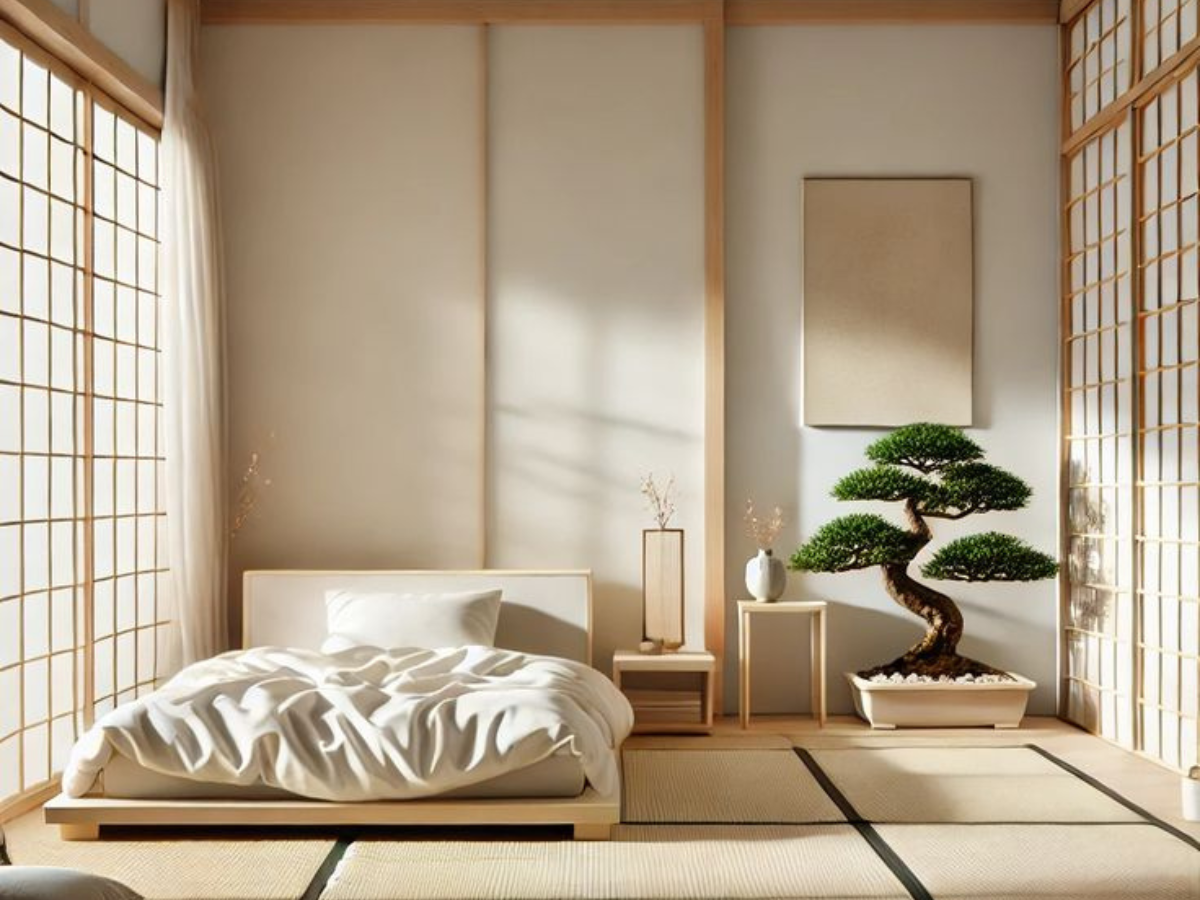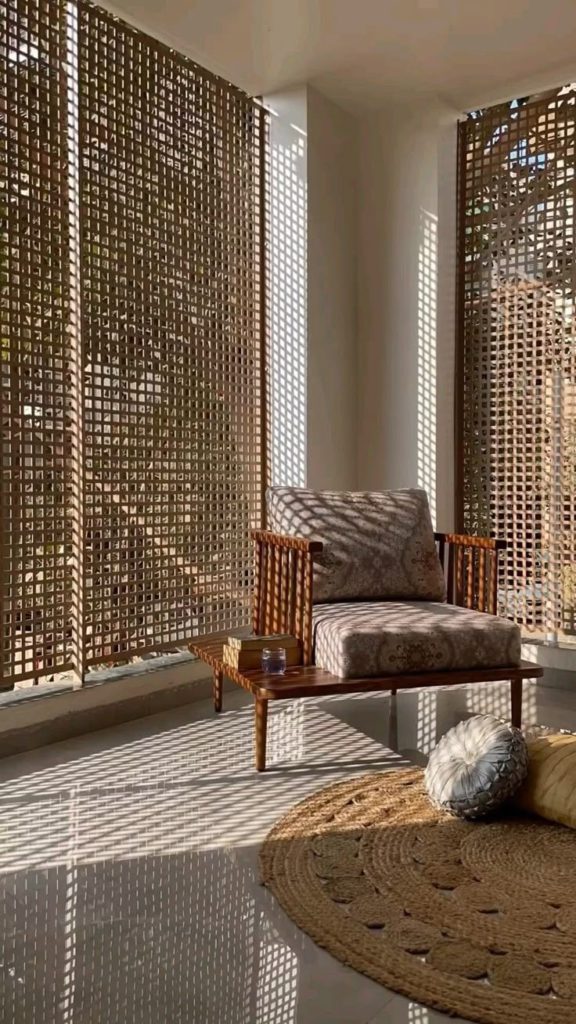
Maximizing Your Home Potential with Sustainable Design
In any home interior project, the mantra is sustainable design. With growing environmental consciousness, sustainable design has become a responsible way of living. Today, leading architects and interior designers worldwide are designing buildings and homes to reduce environmental impact on globally pressing issues such as climate change, global warming, etc., and ensure energy efficiency. Thus, start building your dream home by maximizing your home potential with sustainable design.

What is a sustainable home design?
A sustainable home design creates a balance between the impact on the environment and the well-being of the occupants. It is achieved by using eco-friendly materials in buildings, energy-saving technologies and appliances, and efficient renewable energy resources. It helps to minimize waste, save on household bills, and create a healthy and productive home environment. From rainwater harvesting to solar energy, innovation is necessary to design homes scoring high on sustainability.
How to design a home with sustainable design to elevate your style
Here are seven ways to design a sustainable home or upgrade your current home with sustainable design:
1. Use natural materials or materials manufactured in a socially responsible way
Contemporary home designs are all about redefining the use of materials in the home. From using sustainable materials to materials manufactured in a socially responsible way, interior designers are finding eco-friendly solutions to make the planet and home a better place. Bamboo, repurposed wood, cork, straw bales, concrete tiles, natural fabrics, and organic paints are some of the sustainable materials used in interior design.
2. Install energy-efficient lighting
Today, every top interior designer in India, uses energy-efficient lighting in their home design projects. After maximizing the usage of natural light, they are looking at artificial light options like LED (Light Emitting Diode) lighting to help conserve energy. As LED lights are highly energy-efficient and last up to 25 times longer than traditional incandescent bulbs, they help to reduce electricity consumption. Also, installing Smart lighting systems with motion sensors and timers ensures that lights are only on when needed, helping to save money on electricity bills.
3. Opt for solar power wherever possible
Solar power in sustainable home interiors helps reduce the home’s dependence on traditional energy sources, lowering its carbon footprint and energy bills. Solar power is a clean and renewable source of energy that harnesses the power of the sun to generate electricity. With India having abundant sunlight throughout the year, it is easy to harness solar power for home appliances, lighting, and heating systems.
4. Use energy-efficient appliances
To help prevent greenhouse emissions and reduce the carbon footprint, one of the best ways to make your home sustainable is by using energy-star-rated appliances. Most modern appliances like air conditioners, refrigerators, dishwashers etc., are designed to be energy-efficient, save electricity, and save water. They have programmable timers, sensors, improved insulation, high-efficiency motors, variable speed compressors, and water-saving features.
5. Follow passive design principles
While it is good that you consider home insulation and use energy-efficient windows to reduce heating and cooling costs, follow passive design principles to get added benefits. A passively designed home considers design elements like orientation, spatial zoning, thermal mass, ventilation, insulation, shading, and glazing for more interior design sustainablilty.
6. Make your home a ‘Smart’ home
A well-designed ‘Smart’, secure, and sustainable home enhances the quality of life for its residents. As smart home technology is equipped with pre-set timers which can be remotely activated from a smartphone or other web- enabled device, it can offer huge savings. From smart thermostats, smart home security systems, smart lighting to smart irrigation systems, many smart home devices are integrated for convenience, efficiency, and safety.
7. Think water conservation
Water conservation strategies are crucial in sustainable home interior design. Especially if you are designing a standalone villa, do consider rainwater harvesting, greywater recycling, low-flow showerheads, faucets and toilets fixtures as strategies to save water. A sustainable home with water conversation strategies reduces a households water consumption by up to 30%, thus helping to improve environmental well-being.
Besides the above, creating multi-functional spaces, planning micro-homes, building green buildings, offering prefabricated homes, and practicing minimalism are gaining importance as part of sustainable home designs. Also, reusing or repurposing is gaining importance as it helps to reduce waste and conserve natural resources.
Today, home interiors are all about applying global strategies and aesthetic principles for an eco-friendly design. A sustainable home design is crucial for the future as it ensures a cleaner planet and a healthier lifestyle for all. Now that you know how to maximize your home potential with sustainable design, you can also check for ratings by different global organizations to regulate green buildings. These include – LEED (Leadership in Energy and Environmental Design), BREEAM (Building Research Establishment Environmental Assessment Method), Green Star, and GRIHA (Green Rating for Integrated Habitat Assessment). For more sustainable home design information, start by consulting a leading architect and interior design firm to prioritize sustainability and secure the well-being of future generations.





